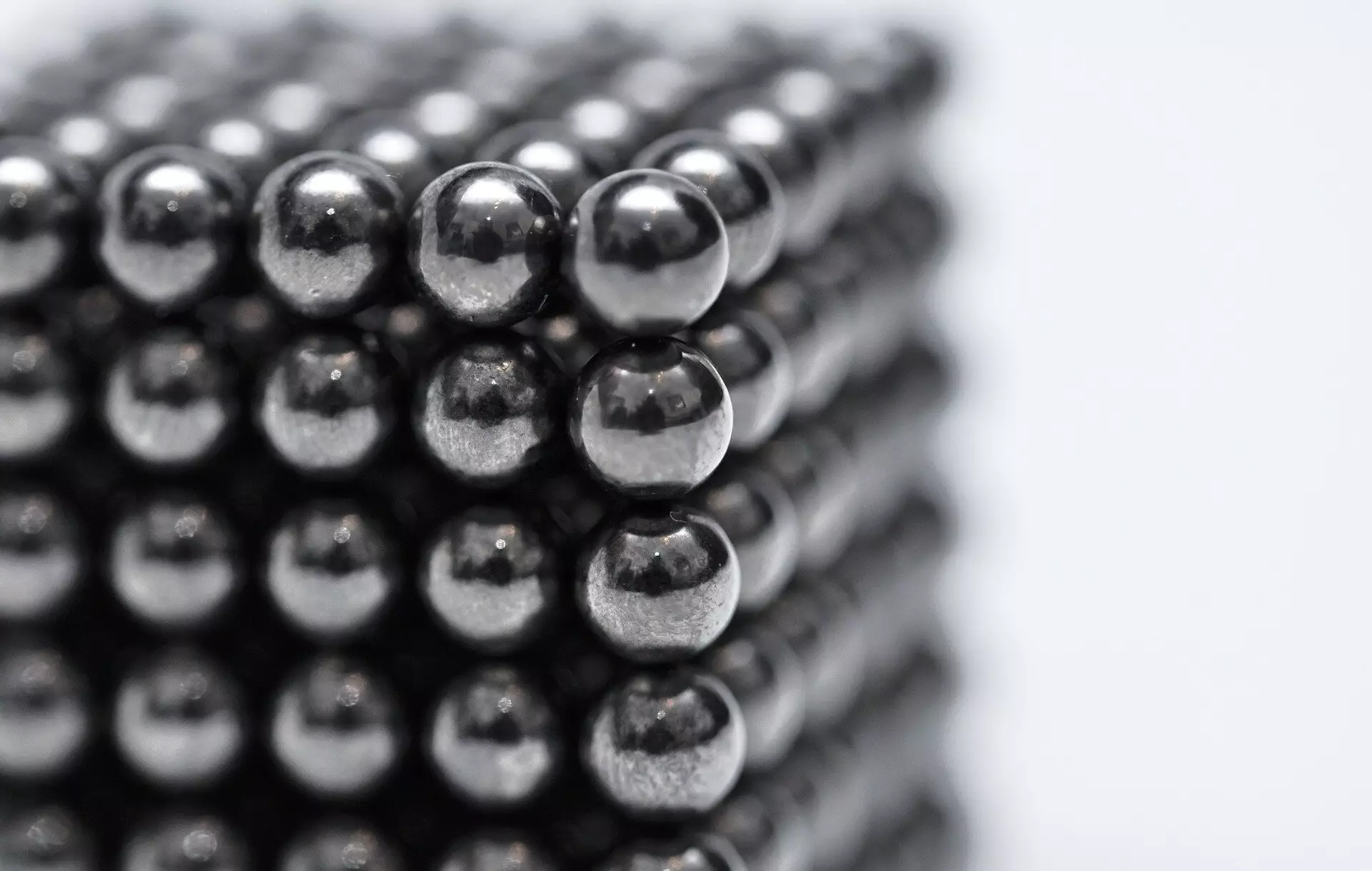The European Union (EU) has become increasingly concerned about its supply-chain vulnerabilities, especially in industries such as auto, computer, electronics, and energy. The reliance on non-EU countries for critical raw materials has exposed the EU to geopolitical risks and potential disruptions. In response to these concerns, experts like Dr. Arne Petter Ratvik and Dr. Jewellord Nem Singh are leading research projects that aim to address these challenges and find innovative solutions. Ratvik’s project, called SecREEts, focuses on extracting rare earths from fertilizer production, while Nem Singh’s project, called GRIP-ARM, examines the geopolitical implications of rare earths and explores ways for the EU to secure future supplies. These initiatives offer hope for reducing the EU’s dependence on external sources and establishing a more resilient supply chain.
Dr. Arne Petter Ratvik, a metals expert at SINTEF, has pioneered the idea of extracting raw materials from ordinary fertilizer production. Through the SecREEts project, Ratvik and his team developed an integrated extraction process within the fertilizer production process to remove rare earth elements. This method has the potential to cover around 5% to 10% of Europe’s demand for dysprosium, neodymium, and praseodymium—all essential for industries like electric cars and wind turbines. By utilizing the rare earths present in phosphate rocks used for fertilizer production, Ratvik aims to create a domestic supply of these critical materials. This approach not only helps reduce dependencies on external sources but also adds value to the fertilizer production process.
Dr. Jewellord Nem Singh’s research project, GRIP-ARM, takes a broader perspective on the geopolitical implications of rare earths. This EU-funded initiative focuses on mineral-producing countries like China, Brazil, and Kazakhstan, as well as consumers like the EU, Japan, and Korea. The project seeks to understand the decisions made by governments and businesses in securing access to critical minerals. China, in particular, has a significant advantage due to its control over global reserves and advanced extraction and processing technologies. However, Nem Singh asserts that other nations still have opportunities to rebalance their relationships with China by focusing on specific segments of the supply chain, such as manufacturing technologically advanced products like permanent magnets.
China’s dominance in the rare earths industry presents both challenges and opportunities for the EU. While the EU recognizes China as a strategic partner, it also acknowledges that China is a competitor. Nem Singh highlights the need to build a relationship with China that takes into account these dual roles. For instance, Germany’s efforts to expand semiconductor manufacturing, with EU support, could create a high-tech industry in Europe independent of China. However, maintaining access to Chinese minerals is crucial for German carmakers. This delicate balancing act requires careful planning and coordination among EU member states to ensure the EU’s technological advancement while minimizing vulnerabilities.
The GRIP-ARM project also emphasizes the need to consider the socio-environmental costs of extracting rare earths. As global demand for these materials grows, the environmental impact and social consequences of extraction become increasingly relevant. Nem Singh’s research aims to find ways to secure future supplies of rare earths while minimizing these costs. This involves exploring sustainable mining practices, responsible sourcing, and reducing the carbon footprint associated with extraction and processing.
Addressing Europe’s supply-chain vulnerabilities and reducing dependencies on external sources of critical raw materials require innovative approaches and collaborative efforts. Projects like SecREEts and GRIP-ARM offer promising solutions by exploring alternative sources, such as fertilizer production, and analyzing the geopolitical implications of rare earths. By diversifying supply chains, enhancing domestic production capabilities, and promoting sustainable practices, the EU can increase its resilience and ensure a steady supply of critical raw materials. This not only strengthens Europe’s competitiveness but also reduces the risks associated with geopolitical tensions and disruptions in the global supply chain.


Leave a Reply